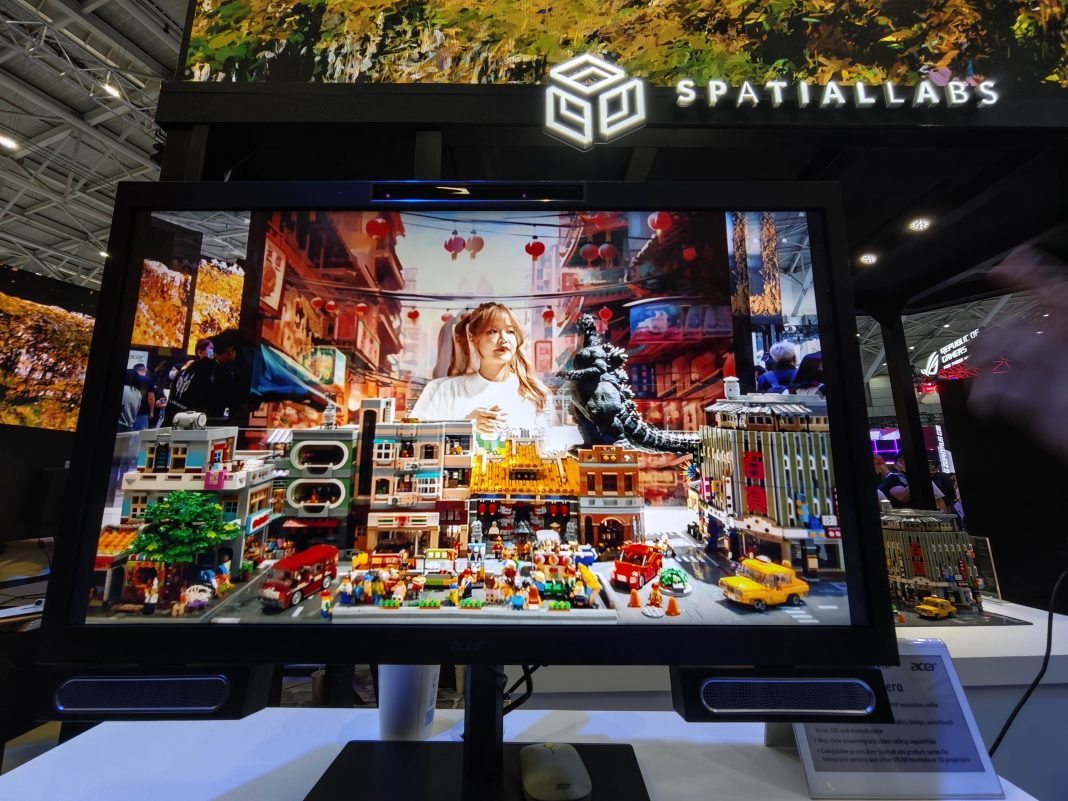I’ve been in the tech industry for roughly two decades. At a time when I thought I was done with “firsts,” this opportunity came rather unexpectedly. In the span of almost 20 years I’ve been to Mobile World Congress, visited a number of factories and manufacturing plants, and have been to startup innovation summits across the globe. In my previous role I sat with tech titans to help with the regional Google Newslab efforts and the Facebook Journalism Project. But 2024 brought about a first — my first ever Computex in Taiwan, the Mecca of Silicon, the true showcase of PC computing.

Computex can be likened to Fashion Week, where one can measure the pulse of the industry with trends in new technology: some great, some not. I remember almost a decade ago everyone was touting 3D as the next big thing, but later on this idea faded mainly because nobody wanted to wear 3D glasses and the experience had more tradeoffs (migraines). This year, the battlecry is all about … AI! Microsoft recently announced its first wave of AI-enabled PCs with Copilot. They’re creatively called Copilot+PC devices. On the (Microsoft) surface, they look like any other PC out there, with a key difference. In the keyboard layout, you will see a new button on the lower right side with the Copilot symbol. On the inside is where it gets interesting: this first wave of Copilot+PC’s come with a Qualcomm Snapdragon X processor capable of 40 TOPS (trillion operations per second). This is the new standard by which native AI exists inside a computer.
What we think Copilot+PC can do
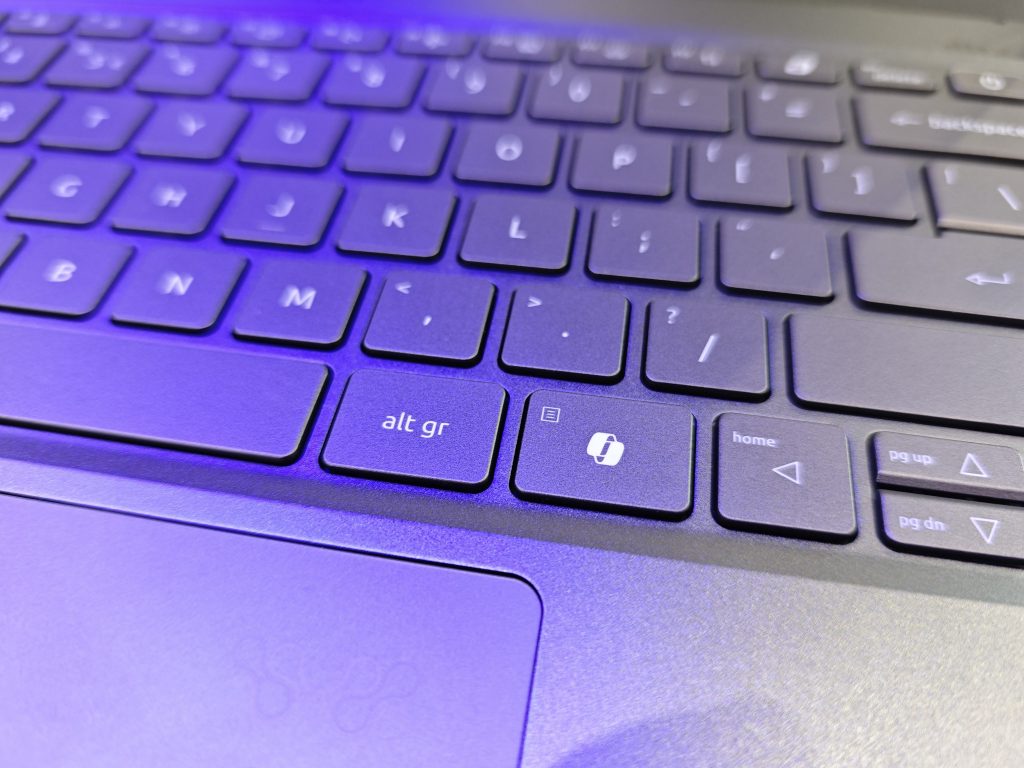
It’s definitely too early to tell what these new line of PCs can do to influence how we work. Theoretically, built-in Copilot enables you to talk to your PC, asking it to help you compete certain tasks — the most prominent video is the one we saw with Minecraft where a player was talking to the AI, helping him with tasks.
Because the AI is built into the computer, it’s more than just your typical Copilot assistant — the AI service that Microsoft has been touting, which is a subscription above your Office 365 plan. The AI seems to learn some of your behavioral quirks with your workflow, such as favorite apps, tabs, and can even map your past workflows similar to Time Machine / Time Capsule on Mac OS X, but on steroids. Microsoft says that this technology works fully offline, with nothing backed up to the cloud to the slight relief of cybersecurity experts.
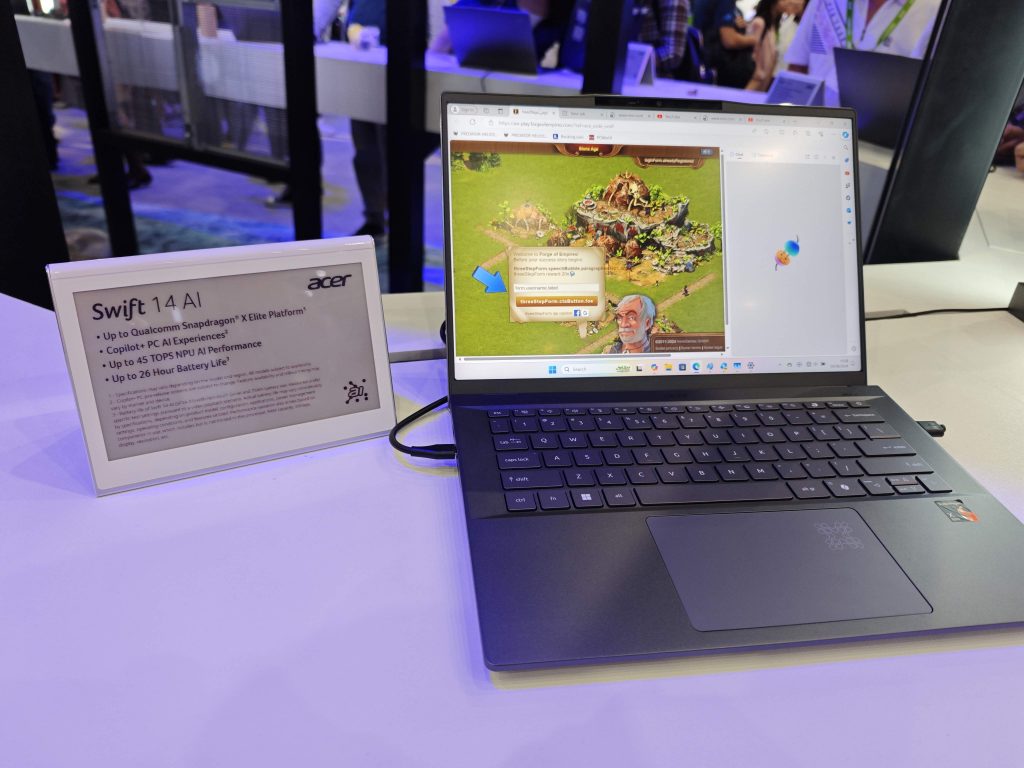
I did pose a theoretical proposition: if in the future, a second hand market of these PCs are being sold, no two devices would be alike. Assuming no information is wiped, I can talk to each computer and ask it to “bring up my favorite websites” and you will get stunning results. I wonder if you can train it to have certain quirks like playing music at certain times during the day as a voice prompt or auto editing photos to a certain look that you want, similar to Photoshop (Adobe is including a suite of apps with Copilot+PC). I do think this new category would be quite useful for seniors who need to ask help to navigate their way on the PC. Let’s see!
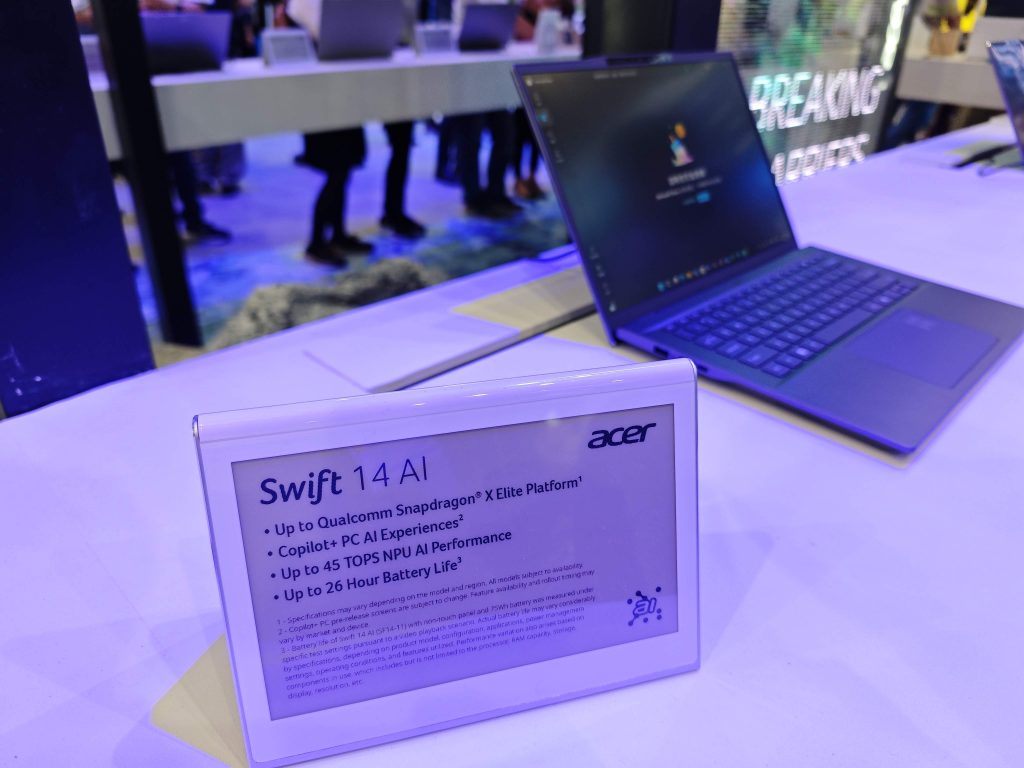
At the ACER booth I was treated to several units of the Swift 14 AI, their debut Copilot+PC device which runs “up to” 45 TOPS and 26 hours of battery life. The device itself was rather light, thin, upon first impressions. It does give the “office computer” vibe which is fine.
I’m quite interested to see how Acer’s hardware complements the software part of Copilot. It’s important to note that these AI enabled PCs are across brands so your brady bunch of names are also touting their own versions.
Blown away by Spatial Labs
One thing ACER did have that was quite unique on the floor was the Spatial Labs demo. At the beginning of my article I mentioned how 3D seemed to be a fad because of the need for glasses. However, eye tracking technology was always a welcome piece of hardware as it was quite useful for the disabled community and for people who enjoyed simulators. Spatial Labs has married the two: new monitors and cameras from Acer may have Spatial Labs tech built in: a motion tracking camera that will track the eyes of a user and display content in 3D without the need for glasses.
We have some video footage here, but it doesn’t do justice to the actual experience as the camera will only track one set of eyes. People watching from the periphery won’t get to fully experience this. Spatial Labs also included ear tracking tech, which is manifested as a pair of speakers that “push” sound directly to your ears as if you were wearing headphones. Insane, yes!
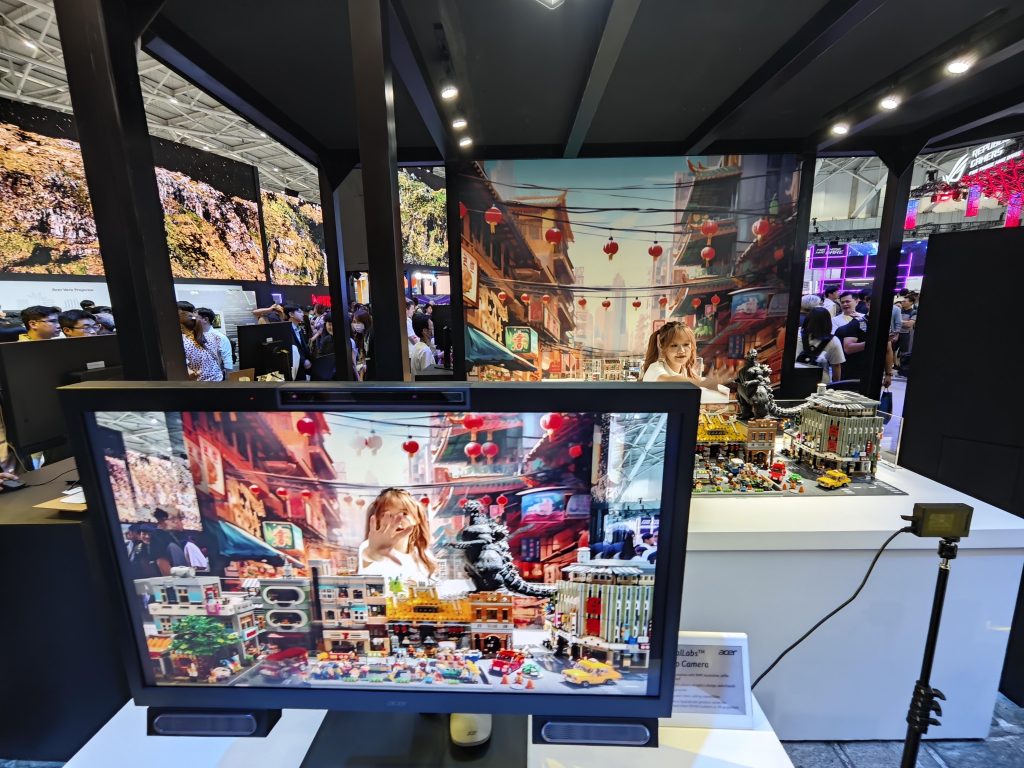
For input, Spatial Labs has a special webcam that looks like a compact camera connected via USB. This allows video recording in calls to appear in 3D, enhancing the overall user experience. I was quite enamored during the demo with how a live selling booth was set up by Acer and as the talent showed the products directly to the camera, it felt like it was popping out of the screen for me to grasp.
Will Spatial Labs make it to mainstream gaming and entertainment? It seems to be, as first impressions, the less intimidating way to experience 3D. It may not be for everyone, but I have to agree that it definitely makes gaming more immersive.



